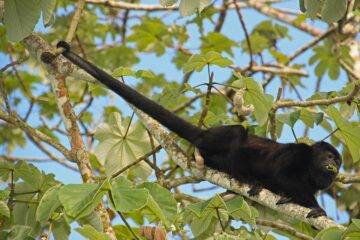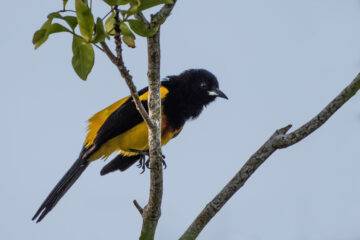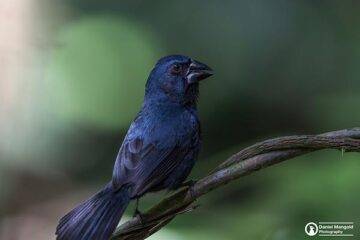Crooked Tree Village is one of the oldest inland villages in the country. This village of about 900 people offers incredible wildlife viewing as well as a very friendly atmosphere.
The Crooked tree Sanctuary was founded in 1984 by the Belize Audubon Society. It is a 16,000-acre reserve comprised of inland waterways, swamps, and lagoons. It provides a good resting area for thousands of migrating birds.
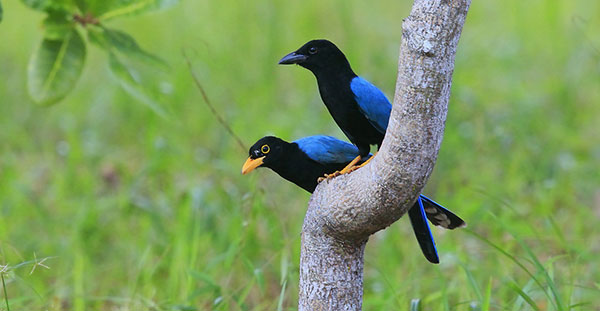
The sanctuary provides a home and feeding ground for many of Belize’s wildlife species and protects critical habitats for both migratory and resident birds. More than 300 species have been recorded here. As a wetland, it is a haven for waterbirds and during the dry season (Feb-May) the area becomes especially important for feeding birds.
A pleasant way to explore the sanctuary is by boat. Many water birds congregate along the lakeshore and the banks are lined with interesting plants. Some of the birds we may expect to find here include the Black-Collared Hawk, several species of herons, limpkins, and the unique Snail Kite. In addition, the elusive Sungrebe, and the even more elusive Agami Herons, Northern Jacanas, Boat Billed Herons, Least Grebes, Pygmy Kingfishers, Rufus-tailed Jacamars, and several species of parrots can all be found here and are frequently photographed at close range.
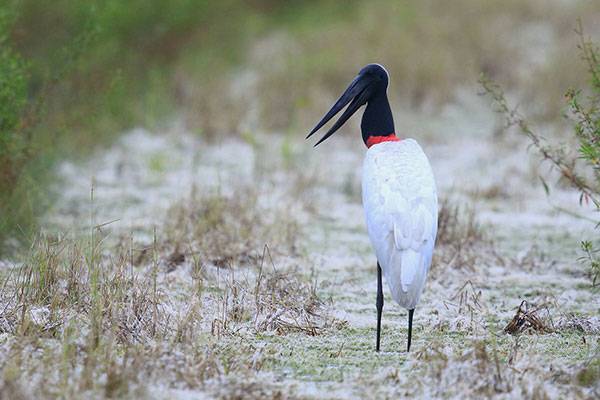
Waterbirds are the main attraction for visitors, in particular the mighty Jabiru Stork. The Jabiru is one of the most spectacular birds. It reaches a height of 5 ft and a wingspan of 10 to 12 feet, making it the largest flying bird in the New World. These storks frequent Crooked Tree during periods of low water. Black Howler Monkeys, Spiny-tailed, and Green Iguanas are some examples of other wildlife that frequents the area.

